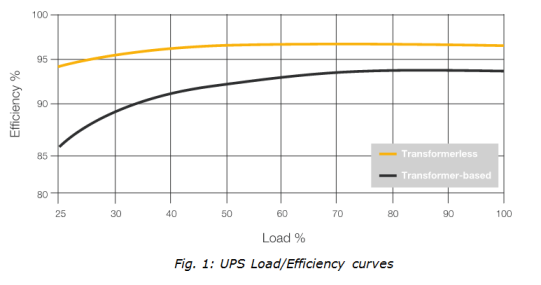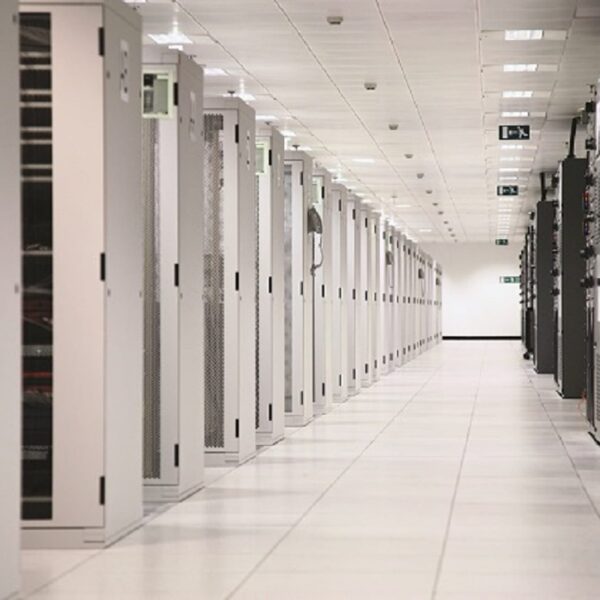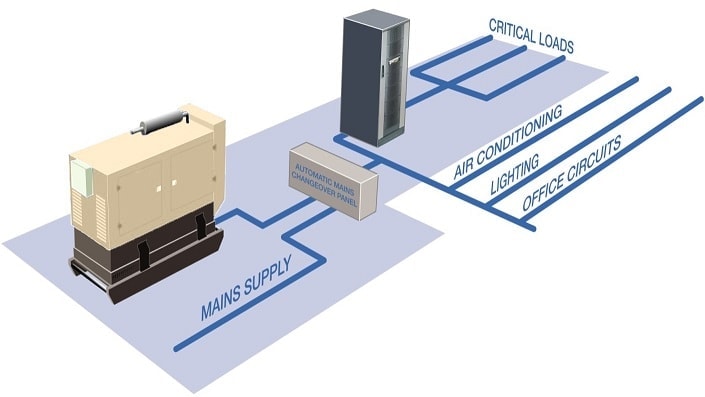Rising power costs are of direct personal concern to all of us – and they are to businesses as well. In a recent KOHLER Uninterruptible Power survey, over 85 per cent of correspondents cited rising power costs as a major concern for their business. This represented increase of nearly five per cent on the 2010 survey results. In this article, Kenny Green, Technical Support Manager at KOHLER Uninterruptible Power, a KOHLER company, discusses how a correctly chosen and configured UPS system can contribute to power savings.
As this recent KOHLER Uninterruptible Power survey shows, rising energy costs are of increasing concern to businesses as well as individuals. This is exacerbated by social and, increasingly, legislative pressure to exhibit Green strategies. As a business’s data centre or ICT infrastructure and the uninterruptible power supply (UPS) that feeds it contribute significantly to its energy consumption, UPS efficiency comes under the spotlight.
In recognition of this demand, most leading UPS manufacturers now offer progressively more energy-efficient UPS solutions. The once prevalent transformer-based UPS topology has largely been replaced by transformerless implementations. As Fig. 1 shows, these offer a near-flat operating curve, achieving 96% efficiency at full load, reducing only to 95.5% at 25% load.
Even at full load, transformer-based solutions are a couple of efficiency points down; and as the load reduces to 25%, this efficiency drops away sharply, to around 86%.
This improved performance creates energy savings directly. Yet further savings arise because better UPS efficiency reduces cooling energy requirement and costs. The example below demonstrates the possible cost savings available from transformerless technology.
The example concerns a user’s load of 80kW, with a power factor of 0.8. This presents a 100kVA load to the UPS. With either transformer-based or transformerless topology, this could be supported by two 120kVA modules and design power factor of 0.8 sharing the load equally in an n+1 redundant arrangement. Each module will be operating at 42% loading, which equates to just 91% operating efficiency for transformer-based types. By comparison, the transformerless units will deliver 96% efficiency. Assuming a cost of 9.0p/kWh – typical for commercial premises – the savings over five years amount to £24,015, with £6000 originating from cooling savings.
Transformerless topology inherently produces an input power factor much closer to unity and less load-dependant than a transformer-based UPS. This reduces the magnitude of the UPS input current, therefore the size of the cabling and switchgear. It can also reduce electricity costs.
Transformerless UPS efficiency can be further improved, to around 98%, by operating in eco-mode. This means that the critical load is fed directly from the utility mains during normal operation, but switched through the UPS if the mains fails or transgresses tolerance limits for an excessive time. Eco-mode has increased in popularity as energy prices have climbed while ICT equipment typically protected by UPSs is better able to ride through short-duration power interruptions. A choice to go eco-mode must also be governed by the quality of the utility mains supply on the user’s site.
These efficiency improvements mean that UPSs can continue to protect critical loads with minimal impact on the user’s energy bill. This is especially true since, as we have seen, transformerless UPSs can maintain near full efficiency even at reduced loading. Redundancy, and therefore increased power availability, can be built in. The UPS’s ability to protect is enhanced without excessive loss of power efficiency.




